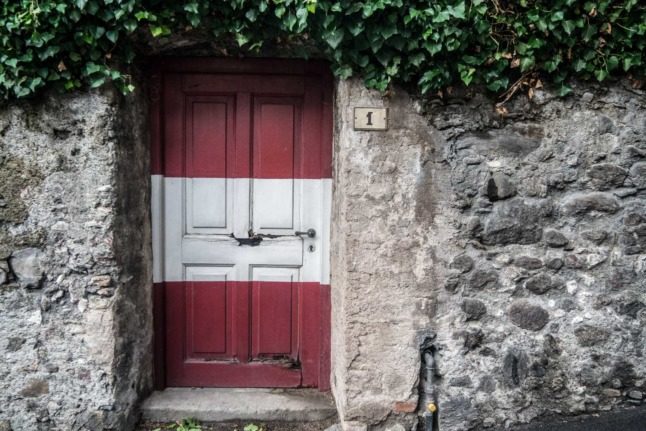How long do I need to have lived in Austria to apply for Austrian citizenship?
Generally, you will have needed to live in Austria for ten years on some form of ‘Aufenthaltstitel’ (Residence Permit) before applying for citizenship. There are some exceptions, however, that can shorten or waive this period. They are:
- Refugees, as recognized by the Austrian government
- Citizens of countries within the EU/EEA (European Economic Area)
- Individuals born within Austria
- Former citizens who lost citizenship when marrying a citizen of another country
- Marriage to an Austrian citizen lasting more than five years, and you’ve held an residence permit for more than six.
For EEA citizens, the residence requirement is generally reduced to six years.
When can I start counting from?
For those from countries belonging to the EU/EEA, this is fairly easy to discern.
Following your initial registration with your local authority in Austria, you needed to obtain your ‘Anmeldebescheinigung’ (Registration Certificate) from the local migration authority. This demonstrated that you met the statutory requirement to stay in Austria, including the ability to support yourself and hold comprehensive health insurance.
This document will have the date from which you can begin counting your residency in Austria.
For those coming from outside the EU/EEA this is slightly more complicated.
Upon your arrival in Austria, as someone who intended to stay for more than ninety days, you will have obtained a residence permit of some description, depending on your circumstances, or the kind of work that you were doing. Generally, these look like credit cards.
Each has various limits on validity, with some preventing permanent settlement in the country. If you’ve stayed in Austria for more than a couple of years, however, odds are that you are not on one of these – though it is important to check.
If your residence permits allow, for citizenship purposes, you can begin counting your stay in Austria from first day that your first permit became valid. Since each successive permit becomes valid the day after the last expires, they constitute an unbroken chain of lawful residence in the country.
Where do I apply for Austrian citizenship?
You apply for Austrian citizenship via the local municipal authority in your region. Your application will then be processed and forwarded to the ‘Außenministerium’ (Foreign Ministry) for final approval. This can take some time, but it’s worth it – Austrian citizenship, and the passport that it entitles you to are among the strongest in the world.


 Please whitelist us to continue reading.
Please whitelist us to continue reading.
Member comments